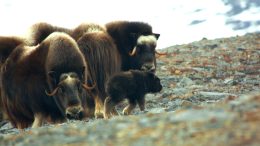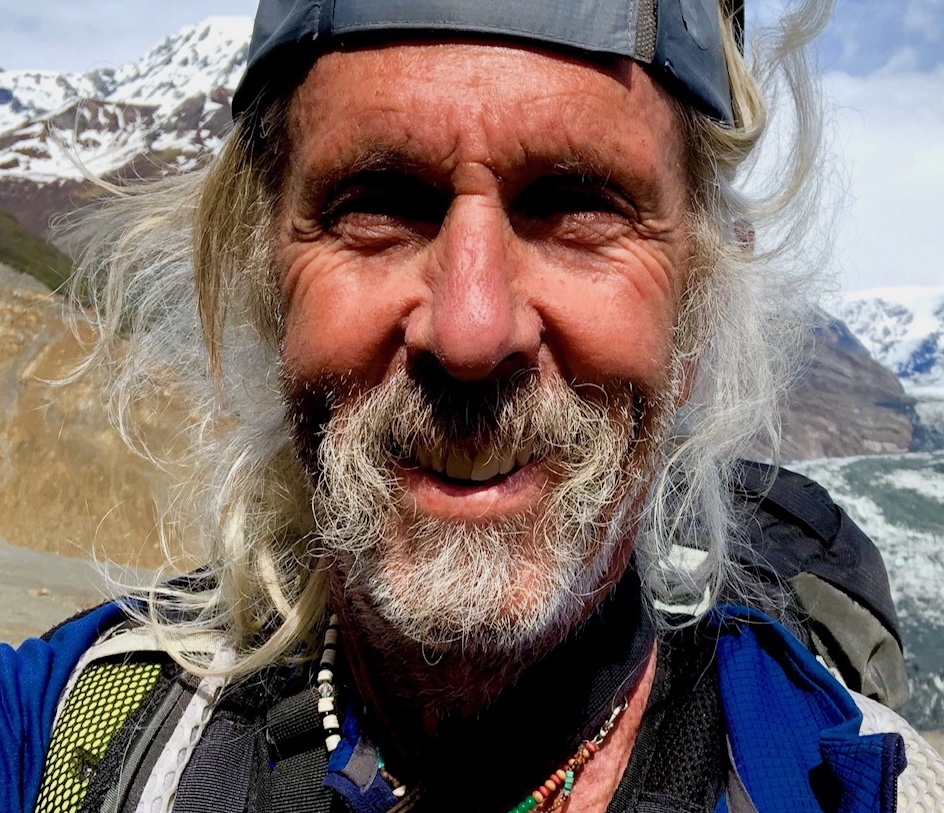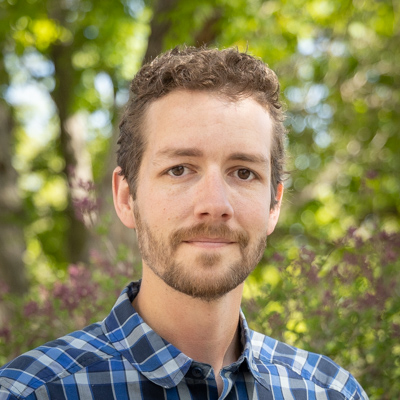In his dark 1967 sonnet “All Along the Watchtower,” Nobel Laureate songwriter Bob Dylan painted a dour picture of businessmen and plowmen abusing earth while clueless of its value. If it were written today, phrases like “climate catastrophe,” “pollution,” “species extinctions,” and “a planet gasping for air” might have made the list.
Echoing the song’s twin sins of greed and moral corruption, some may believe only a small sliver of the world’s stunning biodiversity remains healthy. Yet for those of us in the conservation arena, where we’ve long battled, there’s always room for optimism about the natural world. As a case in point, several notable mega-beasts have been arising as climate refugees, though their entry has been through an accidental backdoor.
Persistent but little-known species like Arctic muskoxen and North America’s mountain goats — one black in color, the other white, both with dark horns — survive in the cold icy shadows of melting mountain glaciers and Arctic tundra. Their survival in parts of their rapidly heating and deteriorating ranges has more to do with happenstance a century ago by hunting enthusiasts than any carefully crafted strategy to thwart our current climate conundrum.
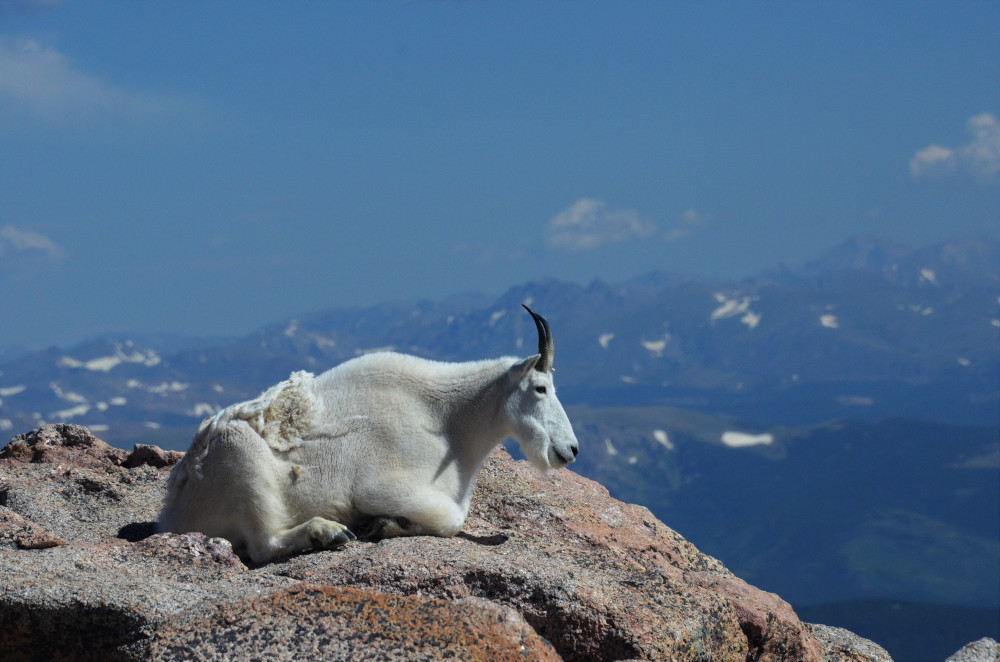
Moveable beasts have been part of human history for a long time, as animals were purposefully transported to places where they never previously occurred. An answer to the “why” question is simple: to establish food security or provide trophies of “heroic” gamesmanship. In that context species little known to anyone but big game hunters were brought to the most unlikely of remote places.
Europe’s red deer and mountain-climbing chamois were sent to New Zealand. Mouflon, a wild sheep from the Lesser Caucasus, was resituated to Patagonia’s rugged mountains in South America and to New Mexico. Caribou and moose went to subpolar islands north of Antarctica, while other deer found transit to South Africa and Australia.
Smaller animals, too, were widely transplanted. That’s how beavers came to Tierra del Fuego, where they’ve now crossed the Straits of Magellan and some 100,000 may persist in Patagonia. Weasels, foxes (red and Arctic), and snowshoe hares were moved far from their natural northern boreal or Arctic homes, but they’ll never reunite with original populations since they’re on islands. All this human meddling has led to countless ecological disasters resulting from the impact of invasive species on local fauna.
Have any of these cold-adapted transplants — species moved well beyond their native ranges for our human fancy — contributed real conservation gains that safeguard Earth’s biodiversity? If so, the resituated cold-adapted quarry must benefit their brethren back in their natural ranges. Most do not.
Yet bright spots exist.
In the 1930s muskoxen from Greenland were transplanted to Alaska’s Nunivak Island in the Bering Sea. In these previously ungrazed and predator-free lands, they did well. In the 1970s descendants of those original transplants were released into Arctic Alaska, where original muskoxen had gone extinct by the 1890s. Others served the U.S. government’s collaborative interests with Russian scientists as additional descendants were moved in the 1970s to Chukotka’s Wrangel Island — where Joel has since studied them.
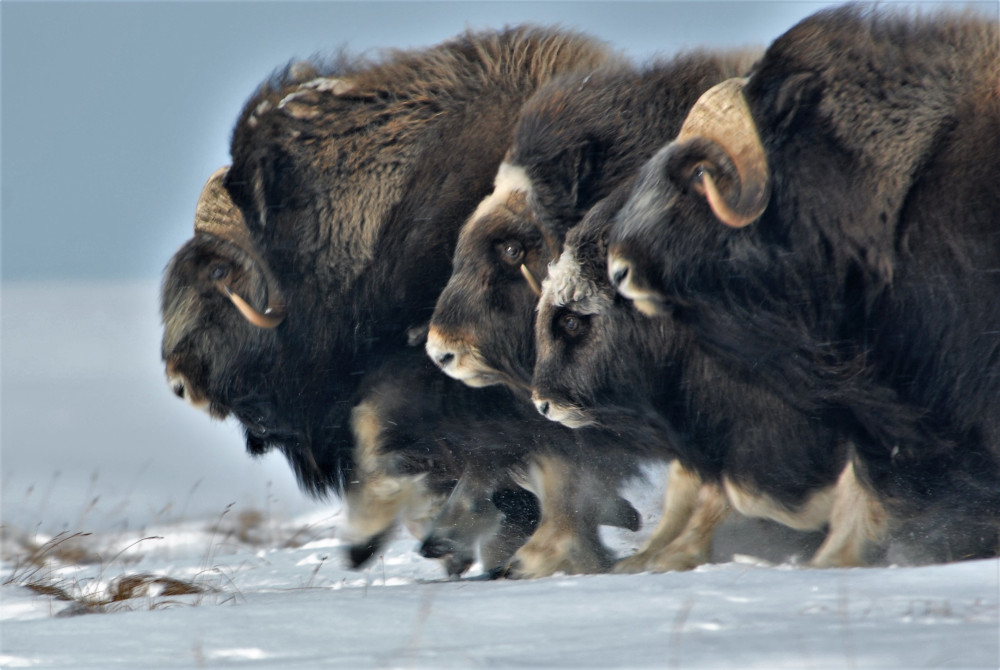
For mountain goats the journey to an inadvertent climate refuge shares similarities in the enhancement of biodiversity. First introduced to Washington’s Olympic Mountains in the 1920s, they flourished. Sometime after the 1938 establishment of Olympic National Park, goats were considered a nonnative species. Across recent decades, extending into the 2020s, goats were removed; yet their conservation value remains realized as they’ve been relocated to the Cascades, where they supplement native populations.
Now, decades later — and this is the central point — some of these forced emigrants to faraway lands of wind and tundra have been returned to their original ranges, where they augment the persistence of their native cold-adapted relatives.
Other cases demonstrate more nuanced but successful trajectories. In 1941 bison from Yellowstone were shipped to the Henry Mountains high above the warm deserts and canyons of southern Utah, where evidence of prior existence lacked. There, however, in the suitable cooler climes up to 11,000 feet, they reproduced successfully. Descendants were transferred back to areas of Uintah and Ouray Ute Reservation lands where bison once had persisted and where they now play important biocultural roles as a source of food and spiritual value.
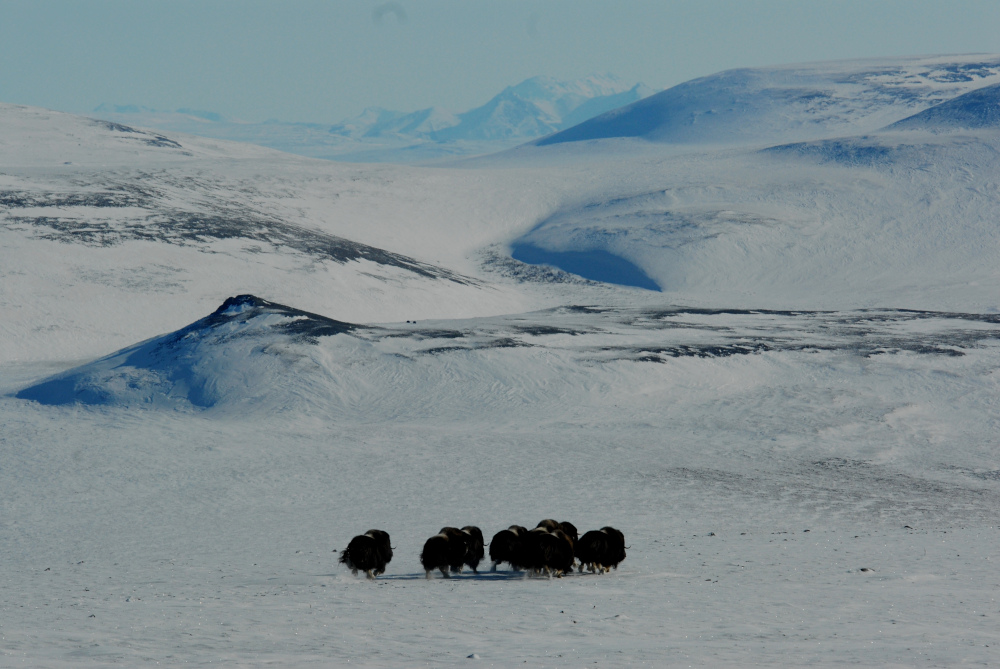
In different ways success stories like these highlight examples where past relocation efforts contributed positively, if unintentionally, to current biodiversity and species protection. Needless to say, all of this begs the question of who decides when we should play God — what, when, and where various species should be transplanted, restored, or just introduced.
Economic and ethical tradeoffs will always reign — with a burden on the animals themselves. While Dylan had his metaphorical watchtower and plowmen digging up earth, today we’re the guardians. We know what biodiversity is worth. We must not only celebrate inadvertent past successes where species found their way to suitable climate “refuges” that helped them survive and thrive, but be deliberate and be proactive to continue achieving victories for conservation.

Previously in The Revelator:
Climate Refugia: Protecting Biodiversity in the Face of Climate Change

